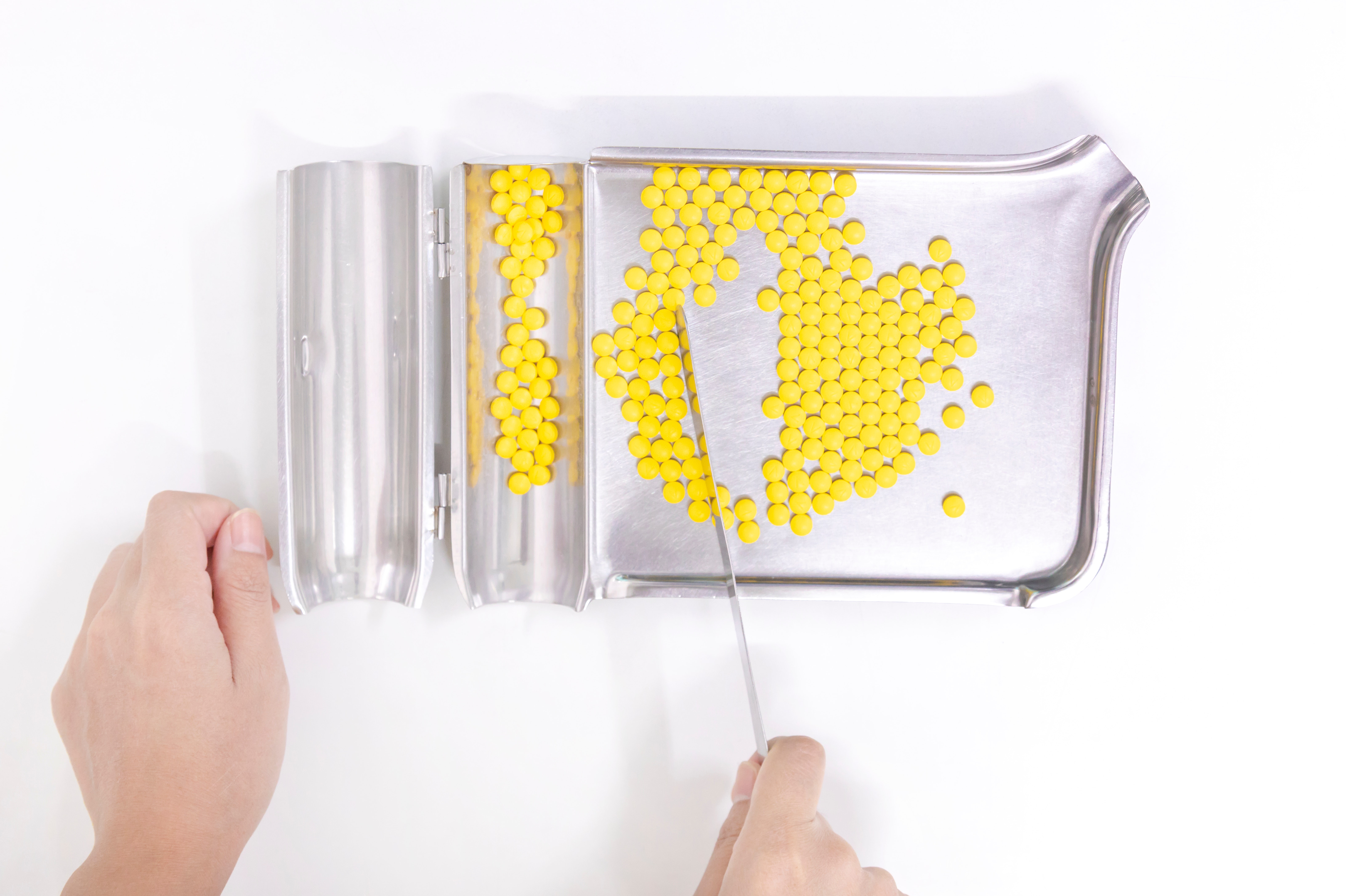
In 2016, the U.S. Department of Health and Human Services conducted a national drug use survey, and the results were staggering: 91.8 million American adults aged 12 and up (37.8%) reported prescription opioid use, and 6.2 million of those users reported misusing them. Every 14 minutes, someone in the U.S. dies from an unintentional drug overdose or accidental poisoning.
Opioid epidemic
Why are these numbers so high? The survey found that 63.4% of misusers reported relief from physical pain as the purpose behind their opioid misuse, able to do so due to excessive prescriptions. However, out of adults who reported misusing opioids, 60 percent admitted to not even having a prescription. Of those misusers without a prescription, 41% accessed their opioids from friends or family with excessive prescriptions.
The opioid epidemic is more of an issue than the public realizes. According to Get Smart About Drugs, a DEA resource, more people overdose from pain medicines every year than from heroin and cocaine combined. Unfortunately, prescription drugs are often seen by individuals as the “safe” alternative to drugs such as heroin and cocaine, since a doctor was the original prescriber.
Opioid
U.S. News & World Report noted in 2013 that prescription drug abuse among teens is at a new high, with 24% of high school students (over 5 million kids) partaking in the activity. That is a 33% increase from 2008. One reason behind this upswing in child prescription abuse is the higher accessibility to friends’ medications such as Ritalin or Adderall, which is typically prescribed for attention-deficit/hyperactivity disorder, or ADHD. One-third of the parents surveyed believed that these drugs are safer than those in line with heroin and cocaine, and that their use ultimately benefits school performance. The report additionally found that a parents’ medical cabinet is where 56% of the abused prescription medication was stored, with half of the parents surveyed admitted to there being no barriers to that access.
"From my perspective, one way to look at this is that we've got a real public health crisis," said Steve Pasierb, president and CEO at The Partnership at Drugfree.org, in conjunction with the MetLife Foundation. "And it's not getting better. In fact, it's getting deeper and more complex. The key here is that kids and often their parents are buying into the myth and misunderstanding that prescription drug abuse is a safer way to get high, a safer alternative to street drugs, and that they can control it."
Pasierb continued, "And it's very important to note that, on this, kids and parents are in the same place. Kids say that they don't think that their parents are going to be upset if they know about this, and parents are essentially saying the same thing. Now, if cocaine or heroin use was going up the way prescription drug use is parents would certainly be freaking out. And they should be now, because prescription drug abuse is no better."
These survey findings reveal that patients are being prescribed too many opioids for too long of a period of time. Pharmacists now have the ability to dispense partial prescriptions, which is a quick and easy way to reduce the amount of opioids in circulation. This ability coupled with the strategy of reducing the amount and length of an opioid prescription, has the potential to reduce and prevent misuse by individuals without prescriptions.





